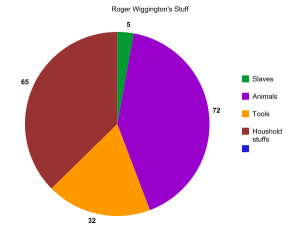The Rosenzweig article discussed topics about digital preservation. It covered things from the physical side of digital documents and the human element that interferes with the preservation of digital history.
From the physical side we see problems in the rapidly changing formats that documents are saved in. The article claimed that most of the formats that we save information to is no longer valid in ten years. This leaves us with the problem of how to retrieve information once a document is no longer accessible because of formatting problems. A couple solutions to this is to keep a copy of the hardware that is able to read it but that can go bad as well plus you need someone who knows how to repair it if it’s broken. A second way to fix this issue is to emulate the programs. I think this is a good idea personally, it works for video games and those are much more complicated than a textual document. A second issue with physical preservation is the corruption or broken files. Digital data is destroyed more easily than physical copies. This is even more problematic with digital files because in many cases if one bit is corrupted then the whole file is unreadable unlike physical documents where if a word is missing the rest of the document is still available for viewing.
A couple issues for digital preservation on the human side of things are who is responsible for preserving the data and what is worth being preserved. Starting with who should preserve digital documents we want to look at who owns the documents. Now that we have learned that so many things are still licensed online. We find that there is no way for archivists to save data because it can be called copyright infringement. We see this when they talk about libraries. Physical items can be bought by a library and sit in the library and be preserved. Digital texts can not be bought by libraries so the documents sit unguarded on the web. The second topic I want to bring up is what is worth being preserved. It doesn’t make a lot of sense economically for many owners of websites to keep updating and preserving their corner of the internet. A well funded website will continue to run but a site run by Joe Smith with an interest in a random topic will more than likely not survive for long. I don’t know what exactly is worth preserving and I don’t think historians and archivists have a great idea either.



